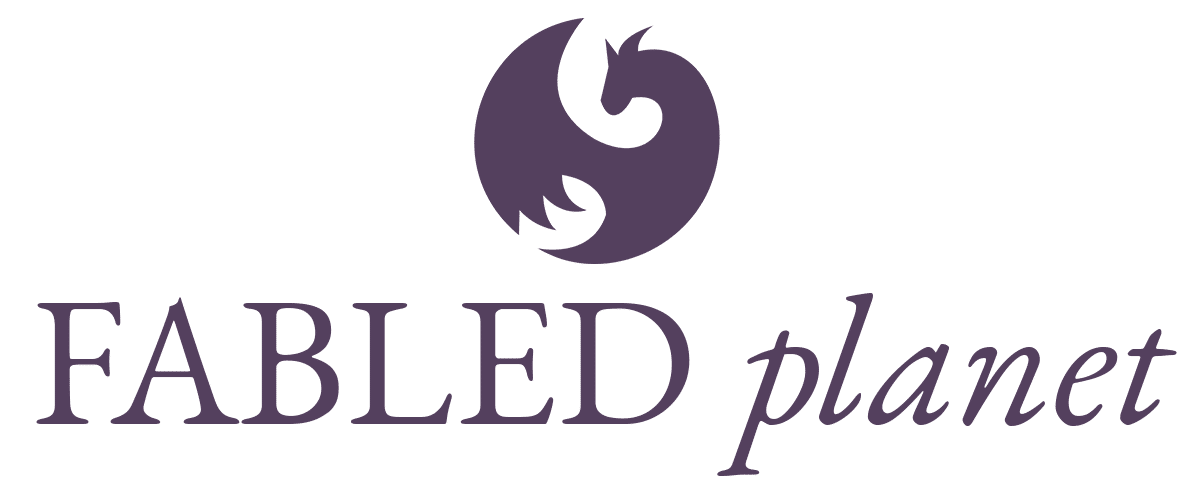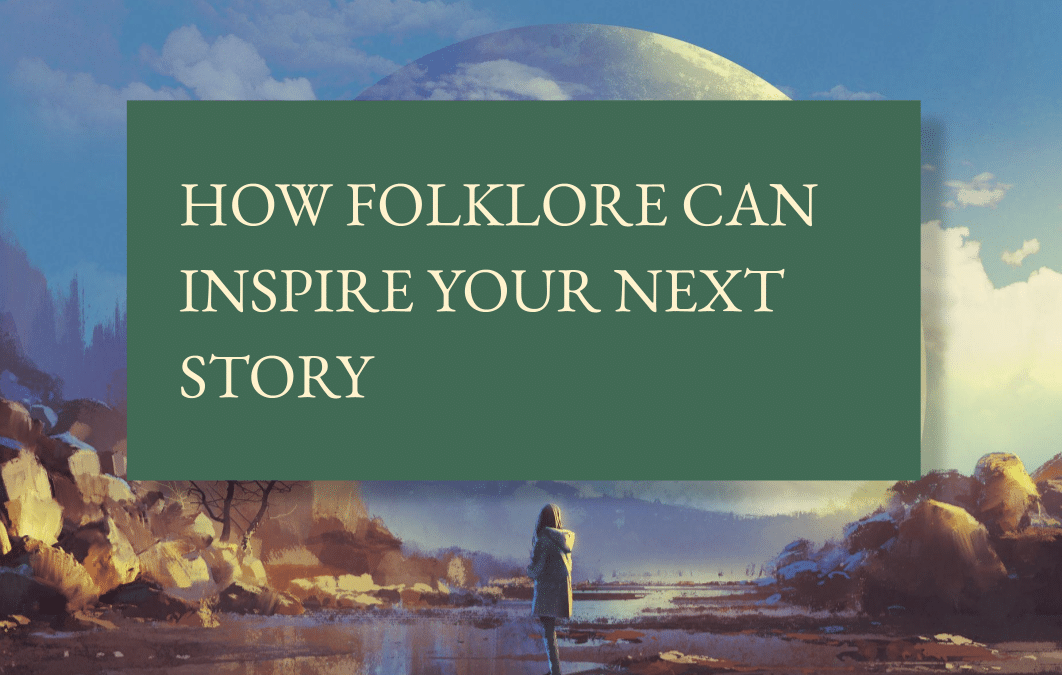You know that saying ‘Everything old is new again’? Nowhere is that more true than in folklore. Ancient stories circle back with new lessons and new perspectives just when we need them most.
It wouldn’t be a stretch to say that nearly all fantasy novels, and a huge number of science fiction novels, draw from folklore in some way. But if you’re worried that it’s all been done before, you can draw a restorative breath – the ways in which you can approach and enliven these stories is limitless.
Here are some essential tips for finding information in this awe-inspiring pantheon.
What is ‘folklore’, exactly?
Folklore literally means ‘stories of the people’ – particularly common people (the ‘folk’). This means it’s less about stories of courtly intrigue and whose ancestors conquered who than it is about the stories everyday people would tell each other around the fire.
Because stories were used as tools for memory and learning, a large portion of folklore involves cautionary tales. For example, a family might tell their child not to play in the river because there’s a monster living within it, to ensure the child didn’t accidentally fall in and hurt themselves. Then, the story would be passed from family to family and eventually become local legend.
For us writers, this means there’s a neverending rogues gallery we can incorporate into our work. Let’s dive in.
Tip 1: Unearth the superstars
Some creatures have become so embedded in our cultural consciousness that you may have forgotten they were folklore to begin with! Vampires, werewolves, mermaids, fairies, and more familiar faces all began in the oral storytelling tradition. These are great places to start because your readers already know these creatures – at least, they think they do. When you give them your own fresh spin and run rings around their expectations, you’ll have a devoted following for life.
Take a look through the myriad resources available (I supply a few to start with below) and find out where these stories came from, how they’ve changed over the centuries, why certain motifs outlived others, and what they might symbolise in the known human world today.
Tip 2: Look to the natural world
Most folklore began as a response to the natural world – either in fear of it, respect for it, or curiosity about it. If you have trees, wild animals, or bodies of water in your area, you already have remnants of folklore in your backyard.
It doesn’t have to be a sprawling fairy tale forest; even a single old oak tree you pass on your way to work has a story to share. Likewise, animals you work with don’t have to be majestic deer or noble wolves; squirrels and crows have had plenty of stories told about them! Look for folklore that features things you can physically reach out and touch (or, in the case of wild animals, catch a glimpse of as they dart by).
Tip 3: Don’t neglect the human world
Not surprisingly, our relationship with folkloric storytelling changed as our world developed. As humans began collecting in cities, urban folklore began to emerge. There are, of course, many urban legends which went on to inspire a generation of horror films. Then there are stories like Terri Windling’s pioneering Bordertown series, which opened the floodgates of urban fantasy by bridging the old world and the new.
These stories are particularly powerful because they remind us that the past is not a foreign country; it’s here, hiding in the alleyways, peering through the graffiti, waiting for its moment.
Tip 4: Explore other cultures
People have a tendency to stay in their comfort zones and focus on the stories of those who look and sound like themselves (but when you sing with all the voices of the mountain…). Challenge yourself to embrace the folklore of other countries and cultures, and see what you can learn from the stories they told each other.
What’s really interesting is where folklore from separate cultures intersect – even though those people didn’t communicate until generations later. Could it be because they encountered the same monsters and told similar accounts? It also says something about how these stories aren’t inherent to any one style of living, but to the basic human condition.
Tip 5: Utilise online resources
Writers, we are living in a golden age of education. Everything is right at your fingertips if you know where to look. The Folklore Podcast has almost 200 episodes(!) about folklore around the world. Terri Windling’s incredible Myth & Moor blog is a treasure trove you could never stop digging into. The Carterhaugh School of Folklore and the Fantastic has a series of recorded lectures on a range of topics ranging from free to the price of a latte. Folklore Thursday is another blog that’s a near-limitless well of inspiration.
Bonus Tip: A curated selection of folklore books I have pulled off my bookshelf just for you
There are thousands upon thousands of resources on folklore out there. But, these are the books I’ve personally turned to again and again.
An Encyclopedia of Fairies, by Katharine Briggs
If I had to jump from a burning building and save just a handful of books, this magnum opus would be one of them. Briggs uses the word ‘fairy’ to refer to any supernatural creature of the natural world, and she includes first-hand experiences of people who came face to face with the unknown. You could read this book a thousand times and never run out of inspiration.
Shapeshifters, by John B. Kachuba
This is another fantastic book that specifically focuses on shape-changers in folklore: werewolves (of course), magicians and shamans, faerie folk, and tons more. Kachuba also raises some fascinating points regarding the influence of these stories on contemporary culture, including gender identities and cosplay.
Arthur Spiderwick’s Field Guide to the Fantastical World Around You, by Holly Black and Tony DiTerlizzi
Although this is a companion piece to a work of fiction, everything in Black and DiTerlizzi’s The Spiderwick Chronicles is pulled from real folklore. This stunningly illustrated reference has tons of information on creatures like dragons, kelpies, and changelings, and tips on what to do if you encounter one.
The Vampire Encyclopedia, by Matthew Bunson
Another resource in an encyclopedia format, this book has swaths of information on real historical vampires, cultural vampires, and important motifs that come up in these legends. It also has information on non-western vampiric creatures, such as the Slavic viesczy. This is a great book for taking an overused trope and giving it a fresh spin.
Fija Callaghan is an author, poet, and unapologetic daydreamer. Her work has been shortlisted and longlisted for a number of short story prizes, and you can find her writing in publications like Gingerbread House, Crow & Cross Keys, Corvid Queen, and Mythic Magazine. When not writing or helping other writers get the best out of their work, she can be found haunting her local bookshops or watching the tide come in.
Do you write fantasy or science fiction?
Join our email list for regular writing tips, resources, and promotions.

